Over almost a century, a small rural landing strip became an international airport that attracts interest and business from across the nation and around the world. The airport didn’t build fast though; instead, its been a gradual process that has well-positioned it to grow with Omaha’s needs into the future. This is a history of Eppley Airfield.
Landing in a Field
In 1925, the City of Omaha acquired 200 acres east of Carter Lake for use as an addition to the Levi Carter Park. Mostly clear of trees and level, air planes started using the field there almost immediately.

In 1927 a lawsuit tried to prevent the land from usage as an airport. However, the judge ruled against that restriction, and the City declared the area as the new Municipal Airport and hangars were immediately built. An American Legion gathering in Omaha immediately drew crowds and it was referred to as the American Legion Airfield for a short time. The airport boomed into 1929.
In 1931, a stunt pilot called Speed Holman crashed at the Omaha Airport and died. In 1934, the City of Omaha built a terminal at the American Legion Municipal Airport.

A Rich Old Flyer Booms the Airport

Leading up to World War II, there was a surge in transcontinental airplane flights. Rather than taking trains or driving themselves, travelers suddenly wanted to travel to New York, Chicago, Dallas, Miami, Seattle and Washington, D.C. The pressure was on for cities like Omaha to become stopovers on these flights across the country. After a lot of improvements and promotion, in the years right after World War II Omaha began receiving more flights. In 1957, there were more than 40 daily flights from the airport.
As a young man, Eugene Eppley was a daredevil aeroplane flyer in Ohio, where he started his hotel empire.In 1960, Omaha’s American Legion Municipal Airport was renamed Eppley Airfield in honor of a $1,000,000 donation by the Eppley Foundation. Because of his donation, in 1961 a new terminal was opened at the airport and the runway length at the airport was expanded to accomodate jet airplanes.
This same expansion led to the downfall of a neighboring town.
Killing East Omaha


From the 1960s through the 1980s, Eppley Airfield worked to acquire land, including homes, a school and other properties, south between the airport and the Missouri River. This area was the original Town of East Omaha, and is almost entirely devoid of any signs there was ever a town there. The airport essentially killed East Omaha.
In the 1950s, the airport acquired a large 500+ acre parcel in between the landing strip and the river. Immediate interest was in putting a large dump there, but after the City of Omaha rejected that idea the airport became better positioned for growth. After removing all the homes and farm parcels from that area, it was eventually fenced in. In the 1990s, the Lindbergh Plaza was paved around the airport and further security measures were installed.
In June 2011 the airport and all of eastern Omaha was struck by massive flooding from the Missouri River. More than 175,000 sandbags were placed to protect Eppley Airfield buildings and other places. The president declared a state of emergency, and more.
Eppley in Modern Times


Today, the address of Eppley Airfield is located at 4501 Abbott Drive. Over the last decade, a number of improvements have been added to the airport and the area leading to it, especially Abbott Drive and the “north downtown” community where the Union Pacific Shops and Arsarco used to be.
In 2015, Omaha was the 60th most busy airport in the United States. There were approximately 75 daily flights throughout the year serving almost 4.2 million customers. There is also a brisk cargo service, and the airport is currently expanding.
The airport does not regularly celebrate its history, and there are no historic plaques or buildings left there today.
You Might Like…
MY ARTICLES ABOUT THE HISTORY OF EAST OMAHA
SEE ALSO: East Omaha History Tour
AREAS: Town of East Omaha | Carter Lake | Winspear Triangle | North Omaha Bottoms | Sherman | Sulphur Springs | Edgewood Park | Bungalow City | Squatter’s Row | Lakewood Gardens | East Omaha Factory District
BUSINESSES: East Omaha Truck Farms | Carter White Lead Company | Nite Hawkes Cafe | Railroads
CARTER LAKE, IOWA: Courtland Beach | Omaha Rod and Gun Club | Carter Lake Club | Sand Point Beach and Lakeview Amusement Park | Omaha Auto Speedway
CARTER LAKE PARK: Municipal Beach | Bungalow City | Pleasure Pier and Kiddieland
PEOPLE: Selina Carter Cornish | Levi Carter | Granny Weatherford
TRANSPORTATION: Ames Avenue Bridge | Eppley Airfield | 16th and Locust Streets | JJ Pershing Drive | North 16th Street | Pulitzer Airfield | Locust Street Viaduct
SCHOOLS: Beechwood School | Pershing School | Sherman School | St. Therese Catholic School
OTHER: The Burning Lady | CCC Camp | St. Therese Catholic Church | 1898 Trans-Mississippi Exposition
Listen to our podcast “A History of East Omaha” online now!
MY ARTICLES RELATED TO THE GOVERNMENT OF OMAHA
Streets | Schools | Parks | Public Housing | Police | Firefighters | Eppley Airfield | Streetcars | Public Library
RELATED: CCC Camp | North Freeway
Elsewhere Online
- Omaha Airport Authority official website
- Leslie R. Valentine, “The Development of the Omaha Municipal Airfield, 1924-1930,” Nebraska History 61 (1980): 400-420.
Bonus Pics!
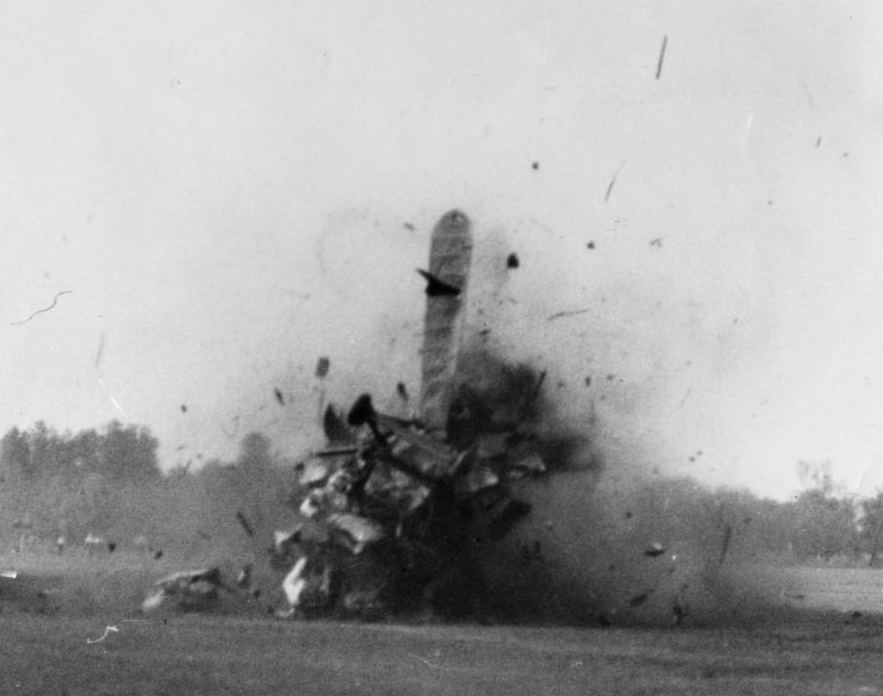
Postcards of the “New Municipal Airport, Omaha, Nebr.”




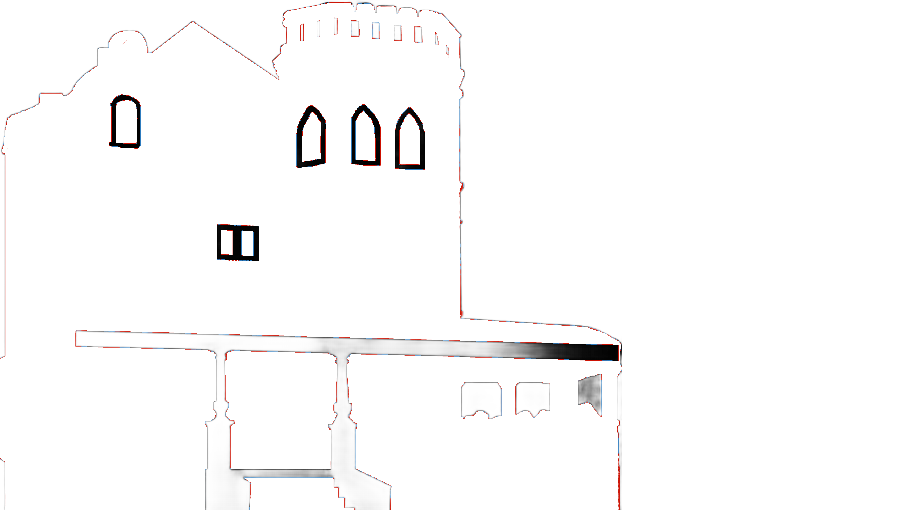





![eppley 2 New Municipal Airport [Eppley Airfield], Omaha, Nebraska](https://northomahahistory.files.wordpress.com/2016/12/eppley-2.jpg?w=246&resize=246%2C246#038;h=246&crop=1)
![eppley New Municipal Airport [Eppley Airfield], Omaha, Nebraska](https://northomahahistory.files.wordpress.com/2016/12/eppley.jpg?w=246&resize=246%2C246#038;h=246&crop=1)
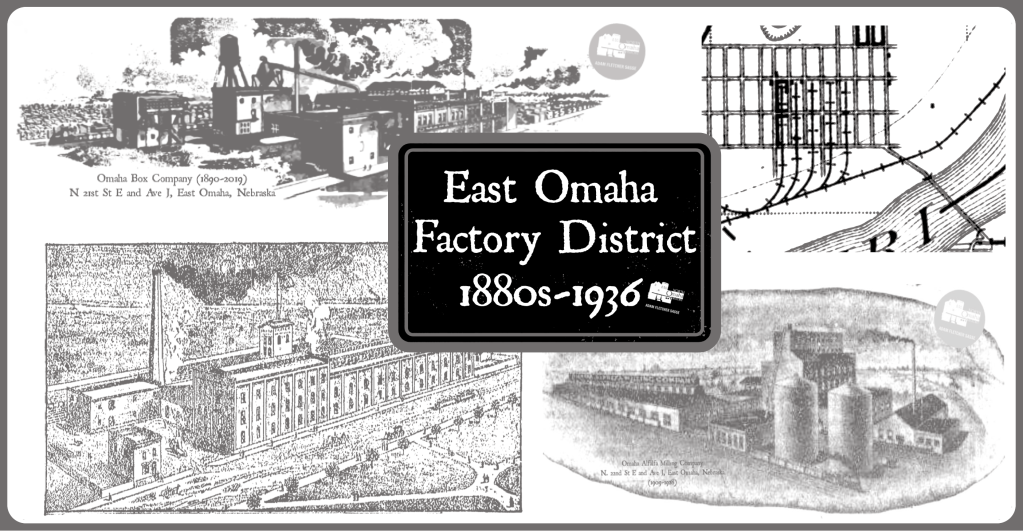
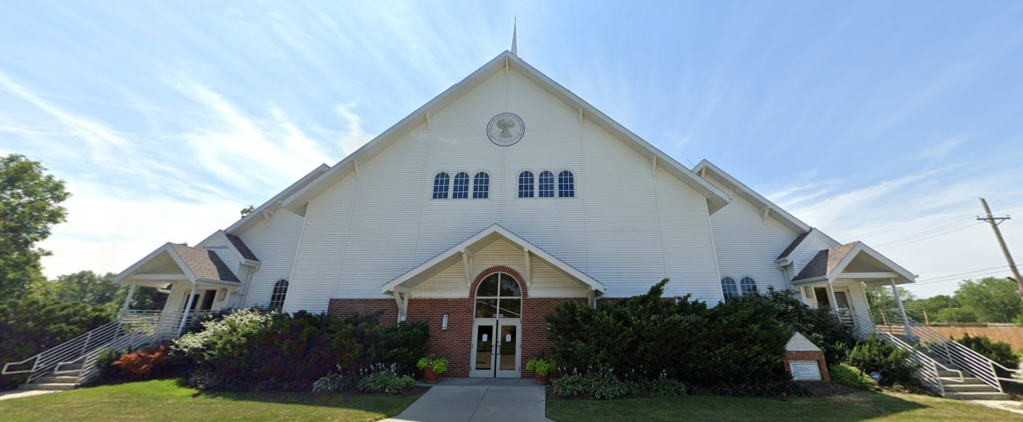
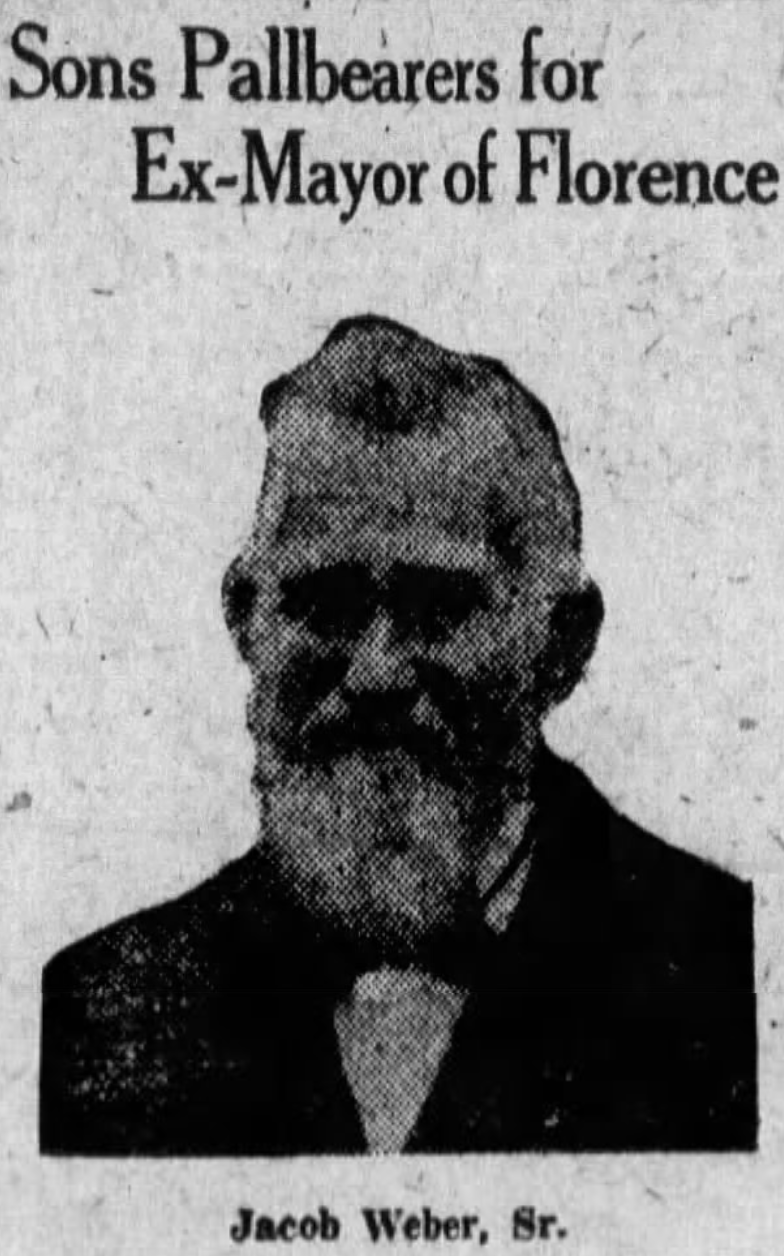
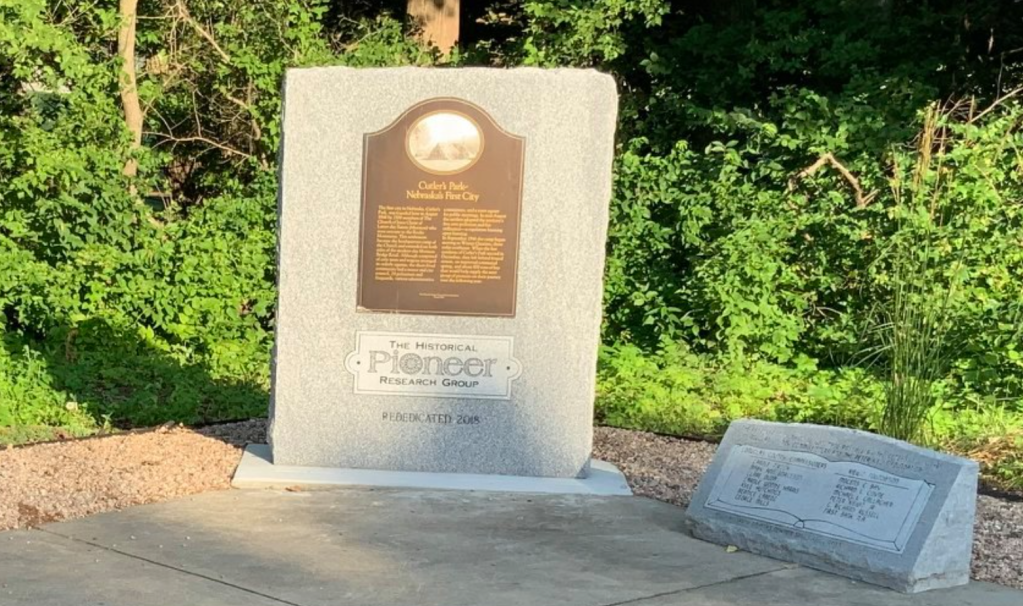
Leave a comment